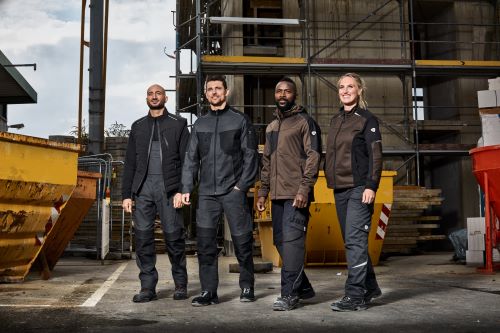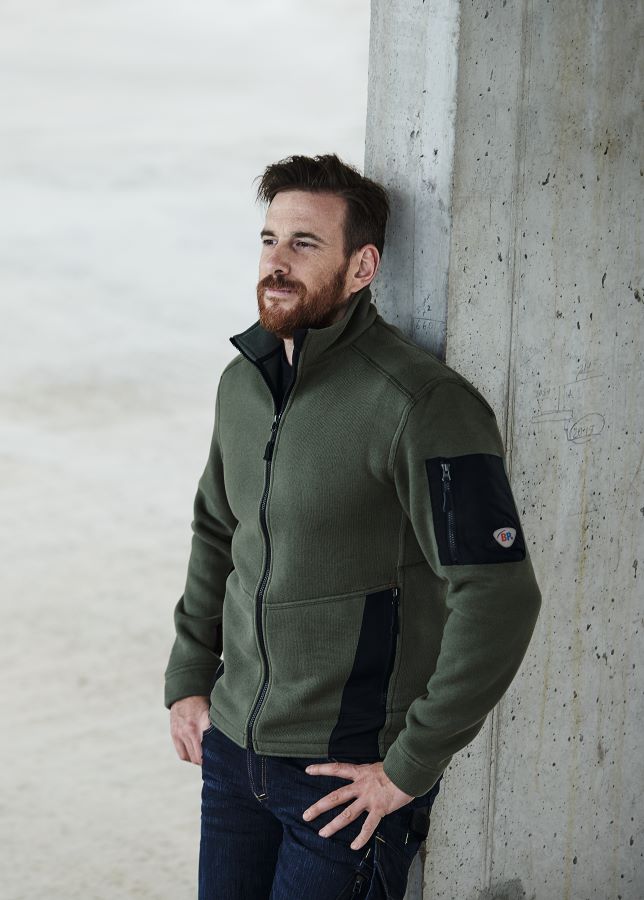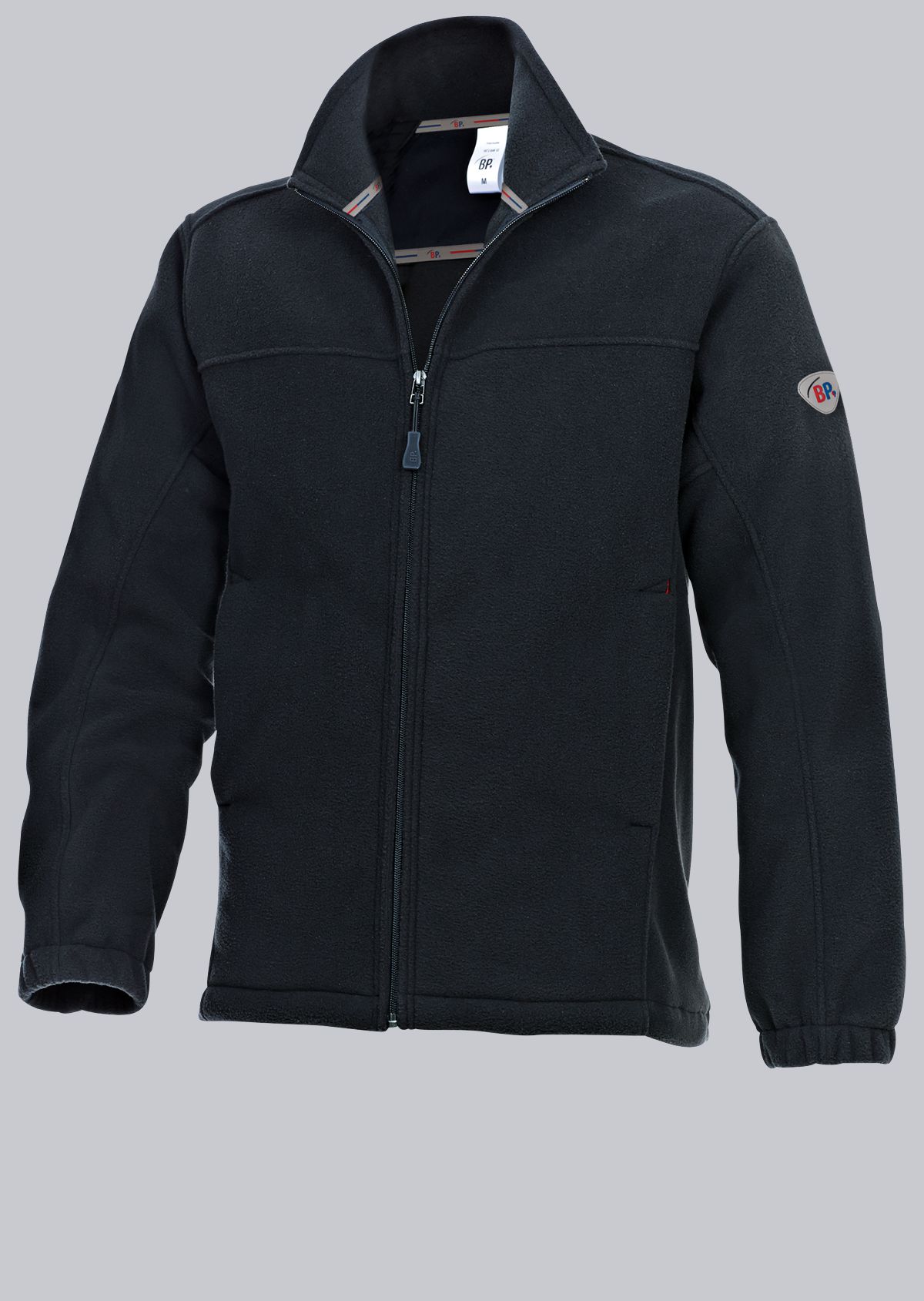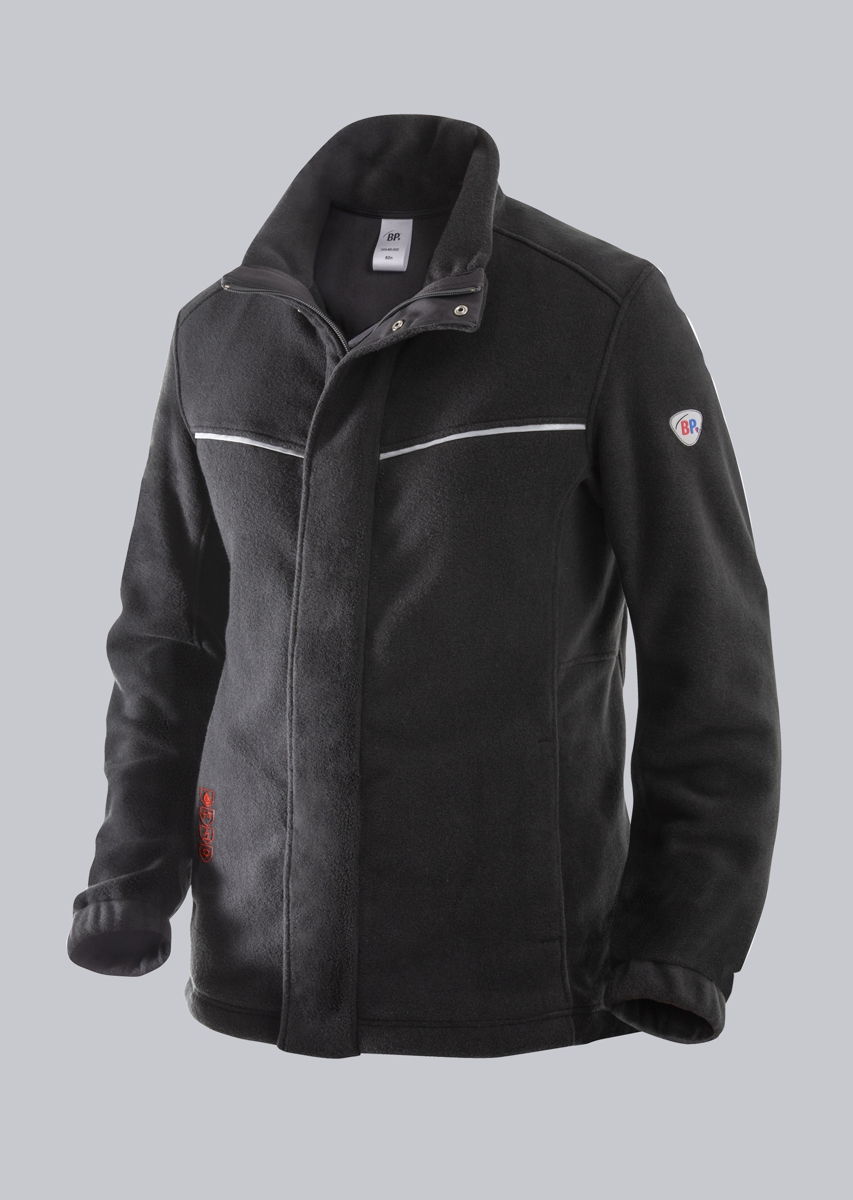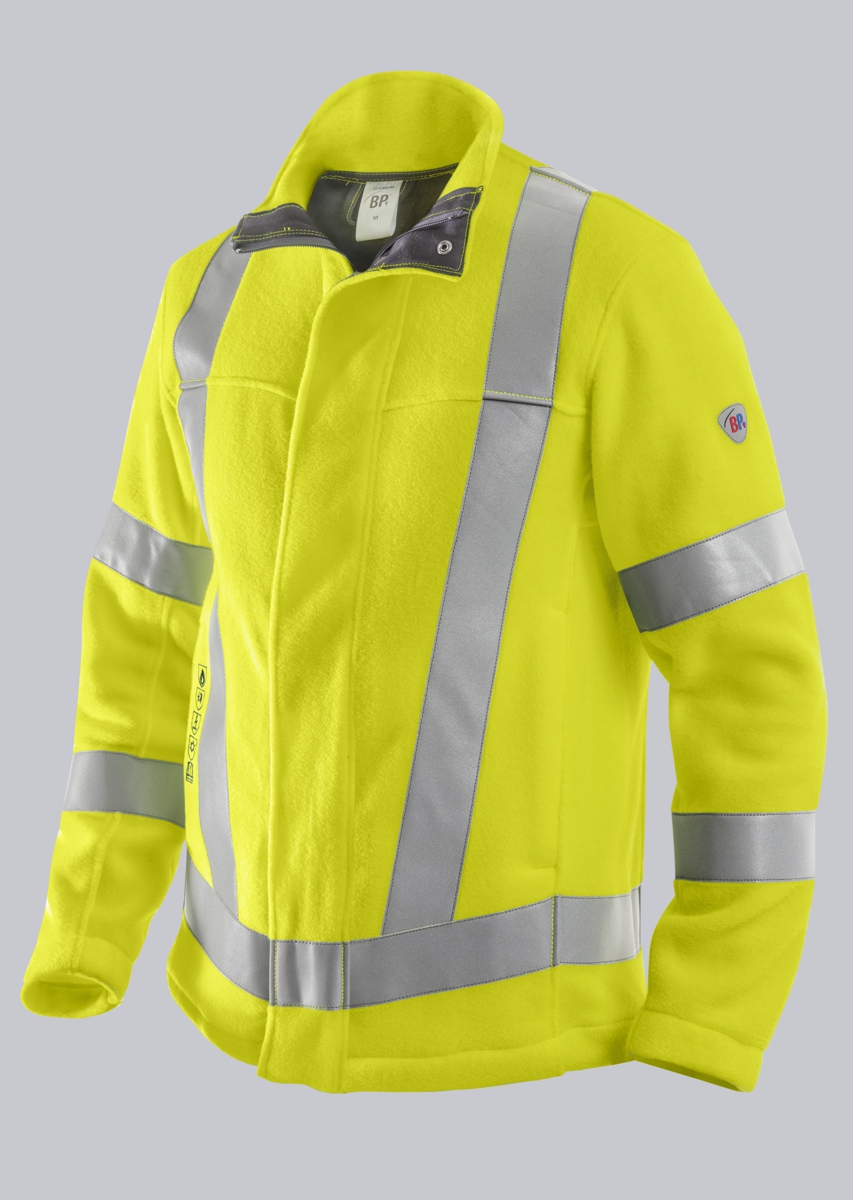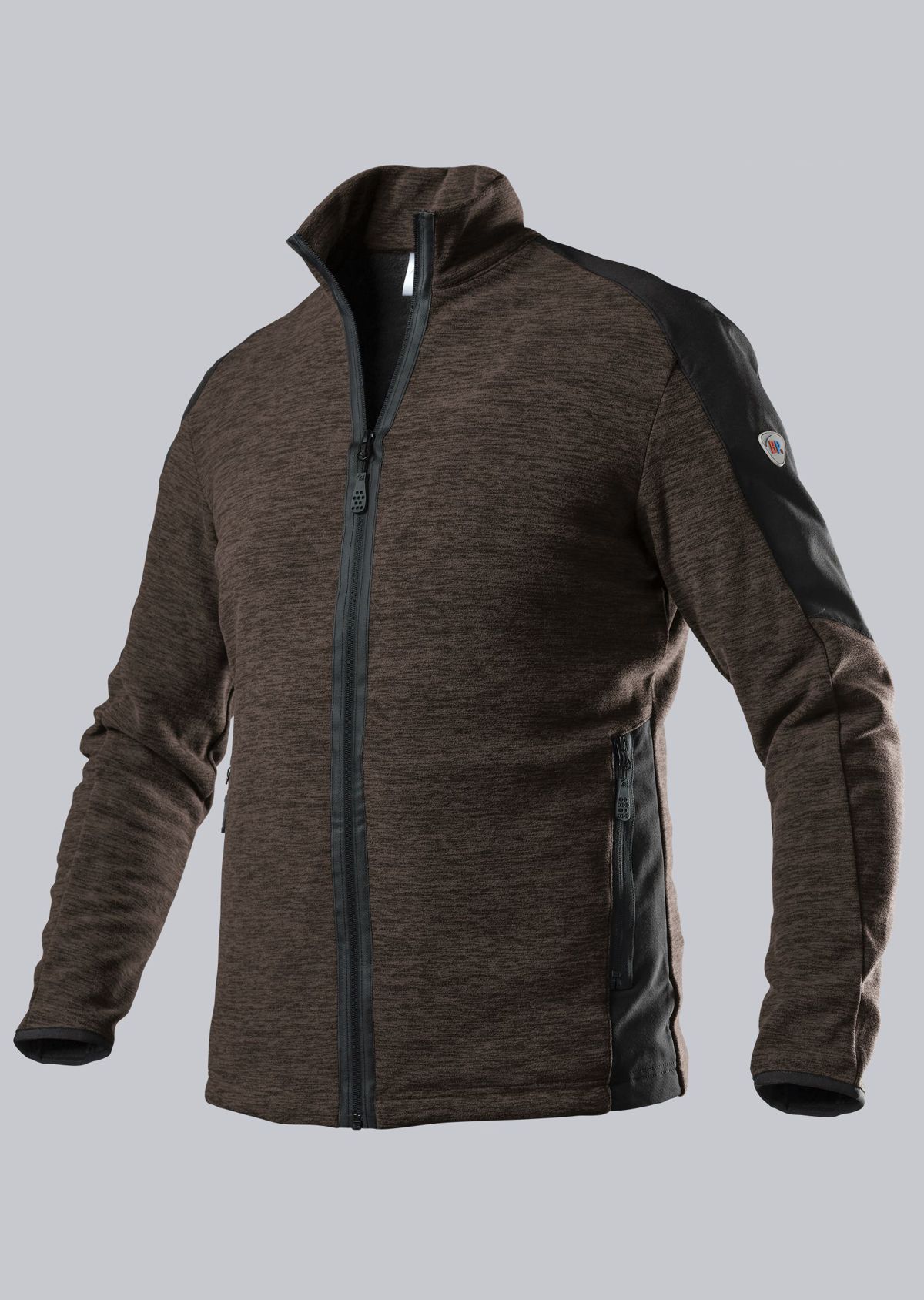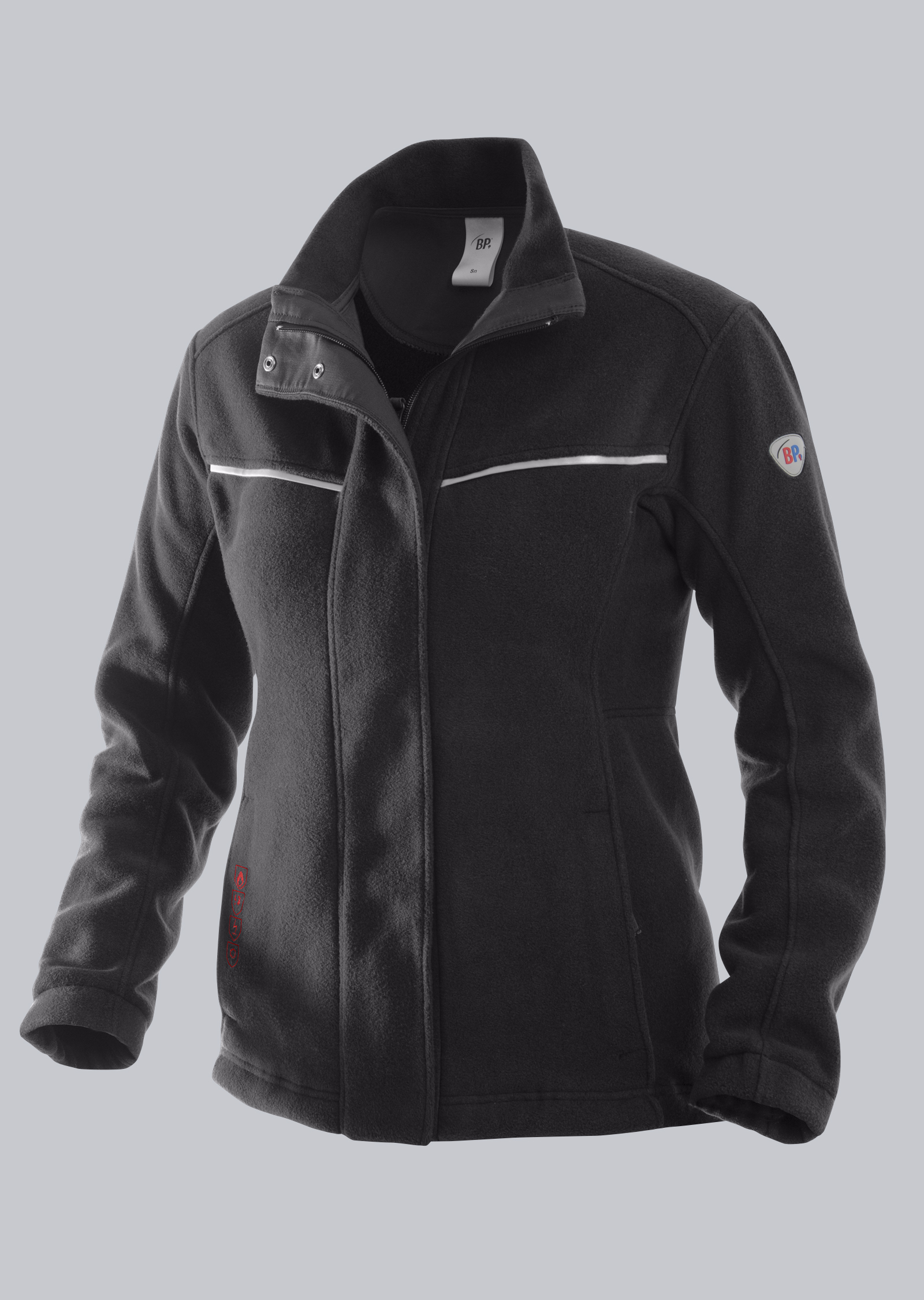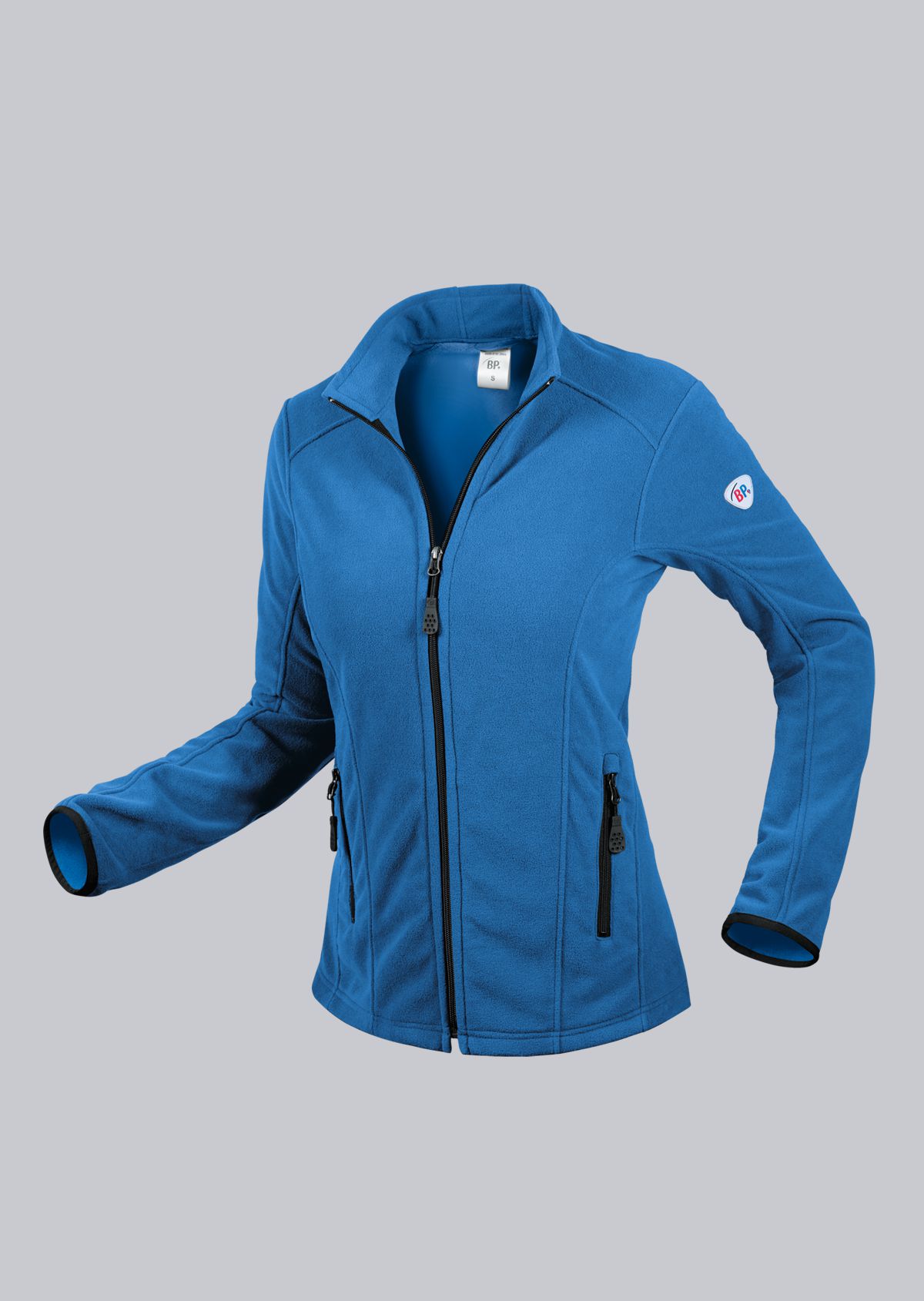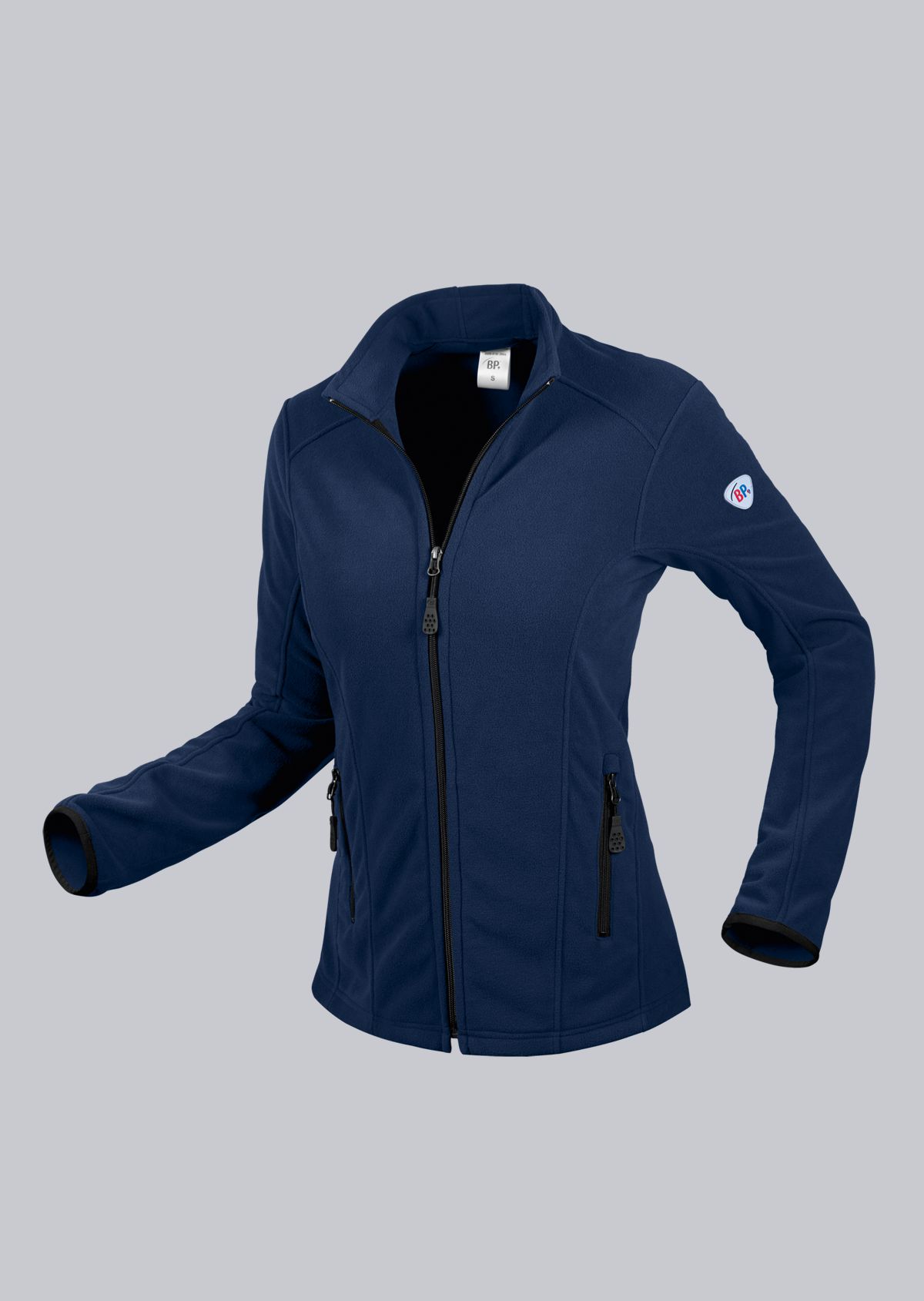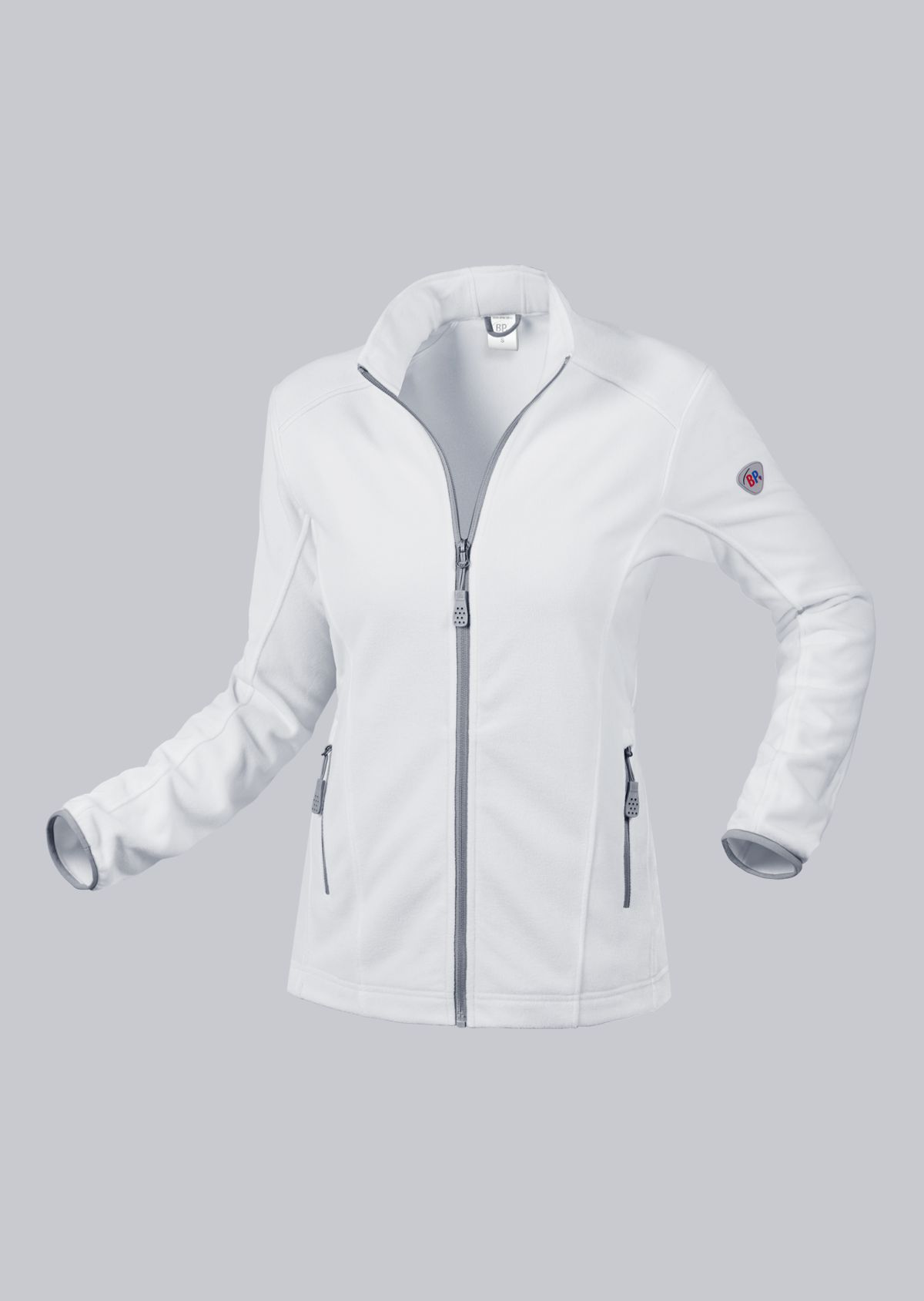
Fleece jacket - Why fleece is a must in any work wardrobe
The fleece jacket has become an integral part of our everyday working life. It's easy to explain: it's versatile, comfortable to wear and can be perfectly combined using the two-layer principle. So it's no wonder why hardly anyone wants to do without this comfortable alternative at work or in their free time. In the following, we take a look at the fleece jacket for work in particular and show you why the fleece jacket should also be in your locker or work wardrobe.
BP Workwear® for companies
Fleece jackets and more
Would you like to equip your staff with workwear and need help selecting and putting it together? Then simply contact us!
CONTACT US
